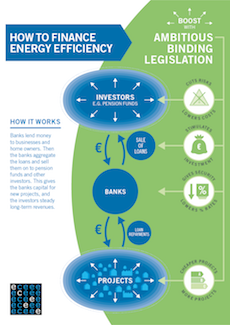Search eceee proceedings
Future air conditioning energy consumption in developing countries and what can be done about it: the potential of efficiency in the residential sector
Panel: Panel 6: Products and appliances
Authors:
Michael A. McNeil, Environmental Energy Technologies Division, Lawrence Berkeley National Laboratory, USA
Virginie E. Letschert, Environmental Energy Technologies Division, Lawrence Berkeley National Laboratory, USA
Abstract
The dynamics of air conditioning are of particular interest to energy analysts, both because of the high energy consumption of this product, but also its disproportionate impact on peak load. This paper addresses the special role of this end use as a driver of residential electricity consumption in rapidly developing economies.
Recent history has shown that air conditioner ownership can grow grows more rapidly than economic growth in warm-climate countries. In 1990, less than a percent of urban Chinese households owned an air conditioner; by 2003 this number rose to 62 %. The evidence suggests a similar explosion of air conditioner use in many other countries is not far behind. Room air conditioner purchases in India are currently growing at 20 % per year, with about half of these purchases attributed to the residential sector.
This paper draws on two distinct methodological elements to assess future residential air conditioner ‘business as usual’ electricity consumption by country/region and to consider specific alternative ‘high efficiency’ scenarios. The first component is an econometric ownership and use model based on household income, climate and demographic parameters. The second combines ownership forecasts and stock accounting with geographically specific efficiency scenarios within a unique analysis framework (BUENAS) developed by LBNL. The efficiency scenario module considers current efficiency baselines, available technologies, and achievable timelines for development of market transformation programs, such as minimum efficiency performance standards (MEPS) and labeling programs. The result is a detailed set of consumption and emissions scenarios for residential air conditioning.
Paper
Download this paper as pdf: Paper
Panels of
Panel 2: Strategies and general policies
Panel 1: The foundations of a future energy policy. Longer term strategies
Panel 4: Monitoring and evaluation
Panel 3: Local and regional activities
Panel 5: Energy efficient buildings
Panel 6: Products and appliances
Panel 7: Making industries more energy efficient










